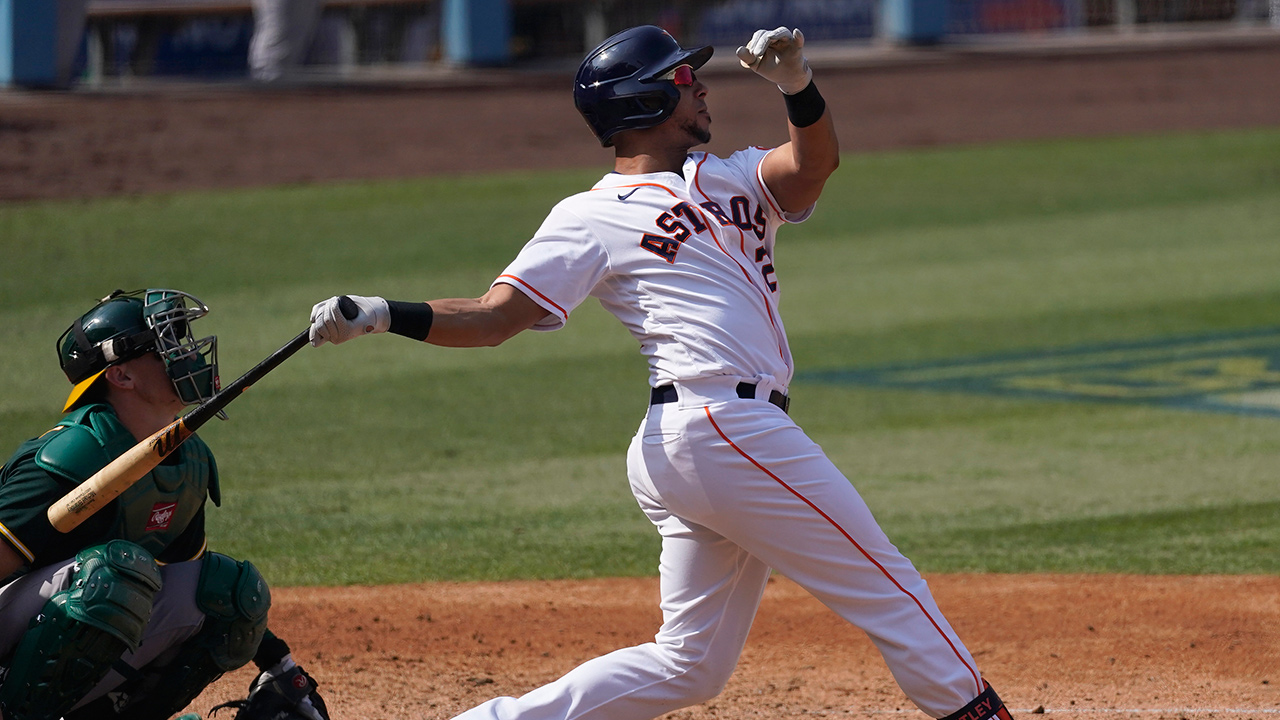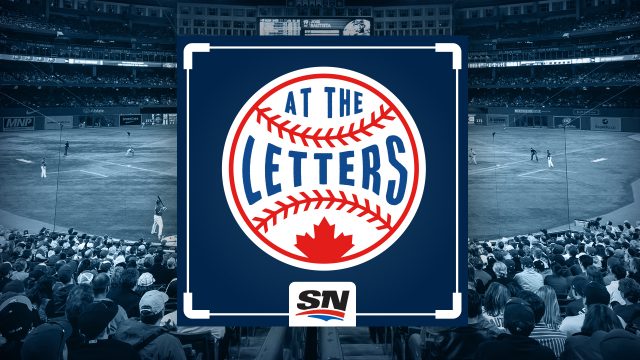
TORONTO – A winter of near-misses has given way to a week to remember for the Toronto Blue Jays, who are suddenly at the forefront of the MLB off-season after a 24-hour period that was equal parts exhilarating and disorienting.
Not only did the Blue Jays reach deals with relievers Tyler Chatwood and Kirby Yates this week, they also agreed to sign George Springer, considered by many the top free agent of the off-season, to a franchise record six-year, $150-million contract. And still, more deals are coming, just not in the way it first appeared.
Early Wednesday, multiple outlets including Sportsnet reported that a three-year deal was in place with Michael Brantley, Springer’s former Astros teammate and fellow client of Excel Sports Management. Soon afterwards, sources indicated that a deal was not, in fact, in place. Then, on Wednesday afternoon, news broke out of Houston that Brantley would be heading back to the Astros instead.
What interest did the Blue Jays have in Brantley? Would he have been a good fit in Toronto? And, with Brantley off the board, what next?
According to sources, the Blue Jays did have legitimate interest in Brantley. One person said talks had become serious in recent days, with potential deals discussed. Another person predicted that a deal would get completed. But evidently those talks never advanced to the point that a deal was done.
The appeal of Brantley is easy to see. Now 33, he remains one of MLB’s best bat-to-ball hitters, as his lifetime .297 average suggests. He combines those contact skills with an excellent plate approach that often sees him walk nearly as often as he strikes out. And while he doesn’t offer Springer’s power, he hit 17 home runs in 2018 and 22 homers in 2019, making the AL all-star team both times. All told, he generated 1.7 WAR in 2020 and 4.8 WAR in his last full season, 2019; he remains an excellent player.
But while the appeal is easy to see, it’s equally true that he’s an imperfect fit for the Blue Jays’ roster. Defensively, Brantley’s a corner outfielder or DH at this stage in his career. With 34th percentile sprint speed, he’s doesn’t chase down fly balls with the same ease that he did when he first came up with a Cleveland team overseen by current Blue Jays executives Mark Shapiro and Ross Atkins. And as the Blue Jays learned first-hand after signing Kendrys Morales to a three-year deal, investing heavily in aging, bat-first players comes with risk.
Just as importantly, a deal with Brantley would have necessitated further moves, most likely a trade involving Lourdes Gurriel Jr. or Randal Grichuk (Gurriel Jr., who has three years and $14.7 million remaining on his contract before one final year of arbitration eligibility in 2024, has far more trade value of the two). With Brantley in Houston, those two players can breathe a little easier.
Plus, as one rival executive noted, the Blue Jays’ biggest needs exist on the infield and in the starting rotation. Now, that’s where the Blue Jays’ focus will likely shift in the weeks ahead. In other words, we’re back where we were Wednesday morning. The Blue Jays are, rather suddenly, a much-improved team. The deal-or-no-deal confusion with Brantley didn’t change that.
Yet there’s still work ahead on the infield and in the starting rotation. As their interest in Brantley showed, there’s room to get creative, too. It sets up an interesting few weeks at a time that many intriguing free-agent targets like Andrelton Simmons and Jake Odorizzi are still available.
And while the events of Wednesday might have seemed chaotic, there’s now an opportunity for the Blue Jays to slow down a little if they so choose. With Springer, Yates and Chatwood on the roster, they’ve already improved their team massively. Maybe now they sit back a little and let the market come to them.






